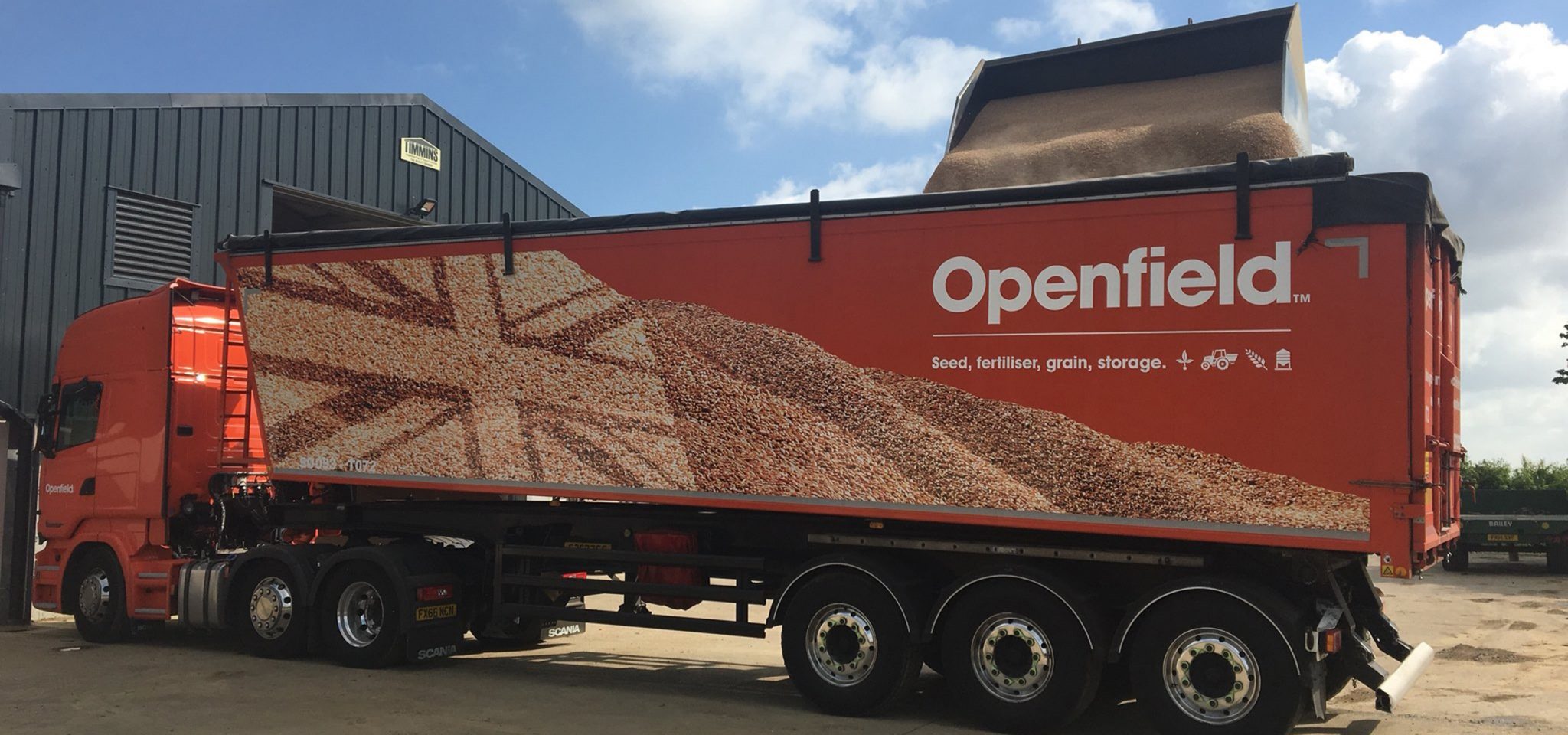Throughout Co-operatives Fortnight 2018, we’re sharing some of the brilliant stories from UK and international co-ops which show the #coopdifference in action: how, where and why co-operatives can make a difference to you and your communities.
For 400 years the Casswell family has farmed land in Sleaford, Lincolnshire. But without farmer-owned co-operatives the prospect of future generations continuing those farming traditions would be slim.
James Casswell is both a tenant and contract farmer, with more than 3,000 acres of land, primarily used to harvest grain. He is one of 4,000 farmer owners of Openfield, the UK’s only national farming grain co-operative.

“Margins are pretty tight,” said James. “I’d see us really struggling [as a standalone farmer]. Having Openfield working for me can be the difference between making a profit and making a loss. I always believed that we, the UK’s farmers, need to come together and that we’re stronger as a result of working together.”
Openfield markets approximately four million tonnes of grain a year and supplies some of the biggest and best-known names in the British food and drink manufacturing industry. It supplies its members with seed and fertiliser, provides grain storage, offers expert advice on marketing with complete transparency in the marketplace.
James said: “In the past grain would change hands lots and lots of times before getting to the end user. Having someone like Openfield maximise the working for my benefit, rather than someone angling to pay the lowest price… I can’t really see why anyone does anything else.”
James Dallas, CEO of Openfield, added: “The reason Openfield exists is to be a marketing expert for our farmer. Farmers have numerous balls to juggle every day. For them to have expert marketing knowledge and ensure the best return is almost impossible.
“We provide expert market advice. We protect our farmers against risk and ensure they’re not exposed to the volatility of the market place. We’ll give them best possible return and keep them profitable.”
This case study was originally published in Co-operatives UK’s Co-operative Economy Report. Find out more here.

